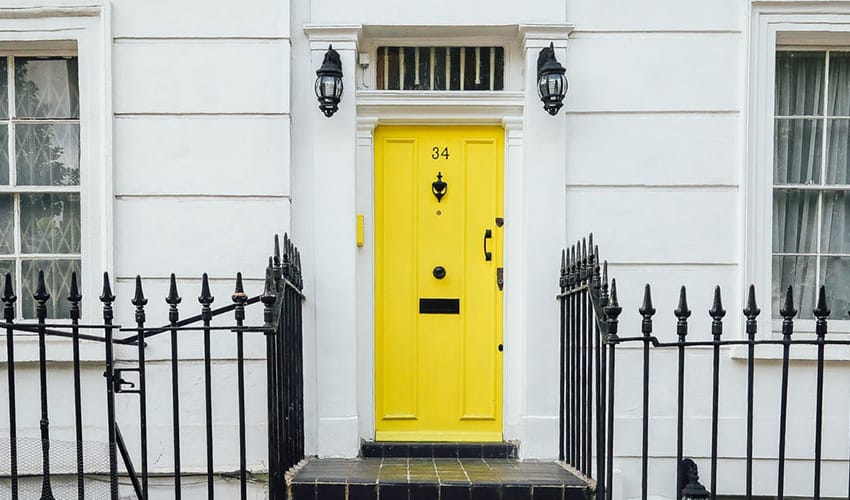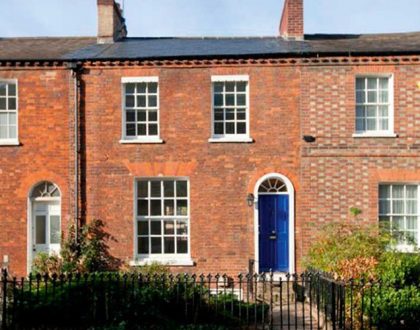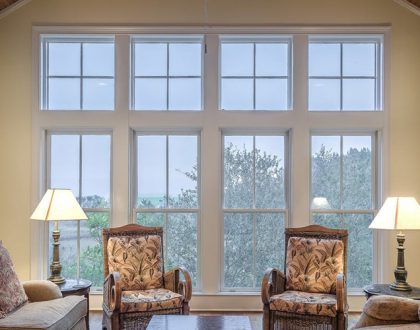How To Make Period Homes Energy Efficient

Enhancing Energy Efficiency in Period Homes
Older, historic, period properties are many things: beautiful, valuable and certainly one of a kind. However, being energy efficient is one thing that will often not feature on this list, with the structural elements of an older building meaning that high energy bills are just one cost to factor in alongside the many other maintenance requirements. While things such as restoring wooden beams to their former glory and keeping an eye on roofs cannot be avoided, it is possible to make a period property much more energy efficient, leading to a cheaper, comfier home. Here’s how:
Understand how your home can be improved
A property will be energy inefficient for a number of reasons. In order to understand the reasons that are affecting your home, you must assess it properly.
The first thing to do is to be aware of how your home uses energy, looking at it room by room. If one room uses more energy than the others, investigating how efficient your appliances are in that area can be a quick way to save energy.
On a larger scale, you must also carry out regular checks of the building’s condition. Suffering from damp, experiencing structural gaps or having badly fitted, warped windows can cause energy to quickly escape.
Before any work takes place to make your period home more energy efficient, it is also important to know the parts of your building that are restricted due to building regulations. With this knowledge, you can plan your changes in line with these regulations, all while maintaining the value and charm of the property.
How to improve it
Armed with this information, there are certain things you can do to target each area and to help it perform better.
Ultimately, keeping your historic home well maintained can tackle the main issues that lead to energy inefficiency. For example, failing to notice damp as it starts can lead to a cold, wet home, yet with proper, thorough maintenance, action can be taken before the detrimental effects are apparent.
As original, wooden features warp over time, draught are common in period homes. As well as enabling heat to escape, these small external gaps can cause unwanted noise pollution too. Rather than directly replacing these beautiful, window frames with unsightly, contemporary alternatives, installing secondary glazing can give your home the benefits of a new, added layer of glaze without effecting the aesthetic appearance.
Taking measures such as installing attic insulation, something that will not have been included in original period builds, can quickly improve energy efficiency in any home too. But like every other area in the house, regular maintenance of this insulation once it is installed is key to ensuring its effectiveness.
Even an older home can be energy efficient with the right methods in place – installing secondary glazing is one of them. Learn more about what it is, how it works and why Clearview Secondary Glazing is the go-to provider for this solution online.

Discover How To Stop Draughts for Good And Save On Your Energy Bills
This free eGuide – written by specialists – explains in simple terms how to improve the thermal efficiency of your windows by more than 60% and how you can reduce your yearly heating bill by 15%.
Simply enter your name and email below and we will send a free copy straight to your inbox.
Recommended Posts

Period Property Window Replacement
07/05/2017

 10 Year Guarantee
10 Year Guarantee 5 Star Customer Reviews
5 Star Customer Reviews
